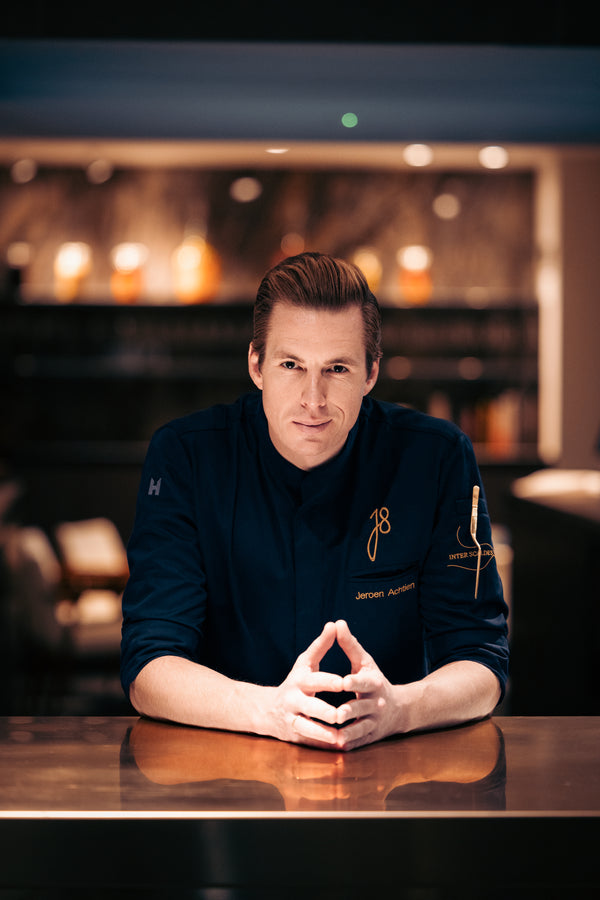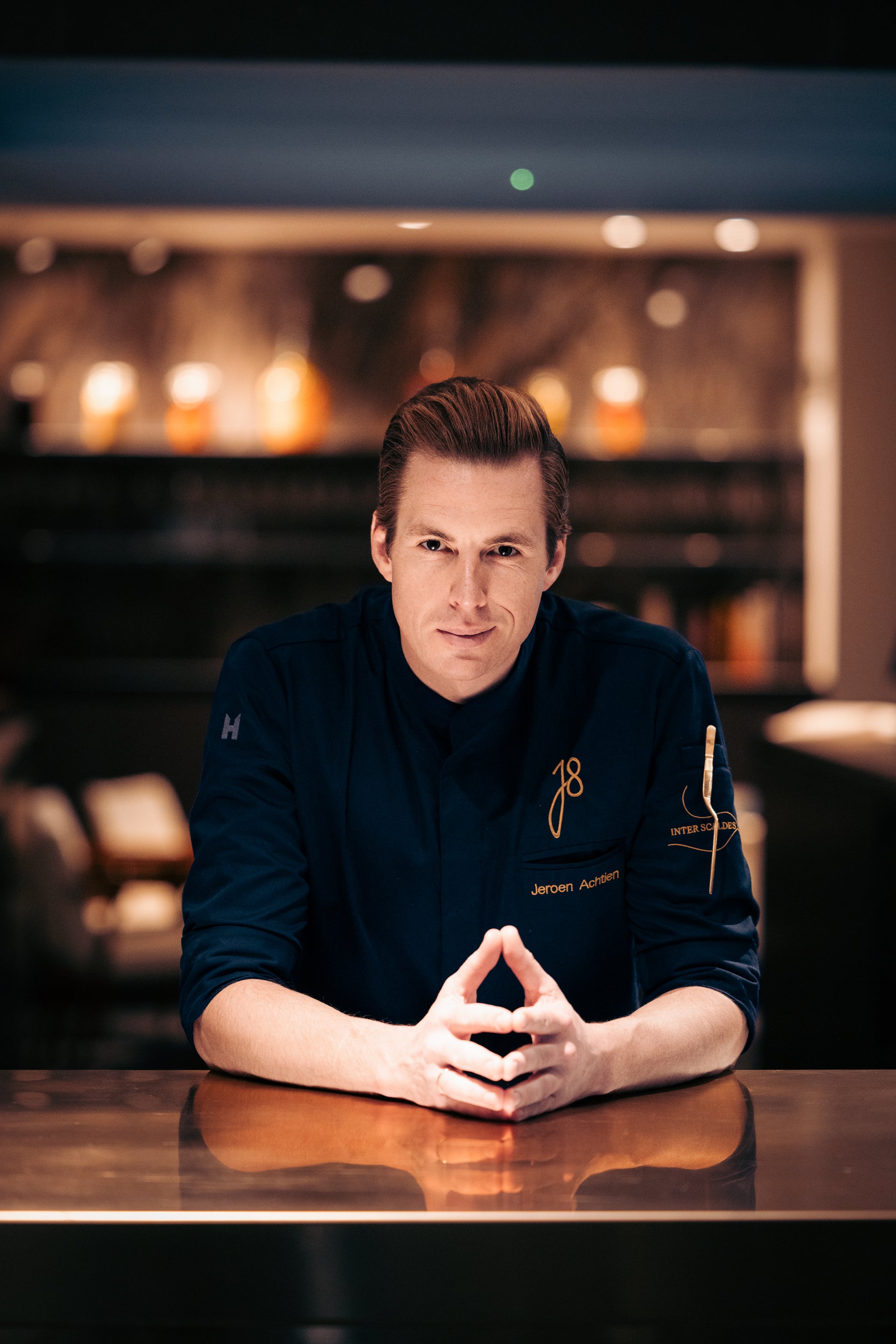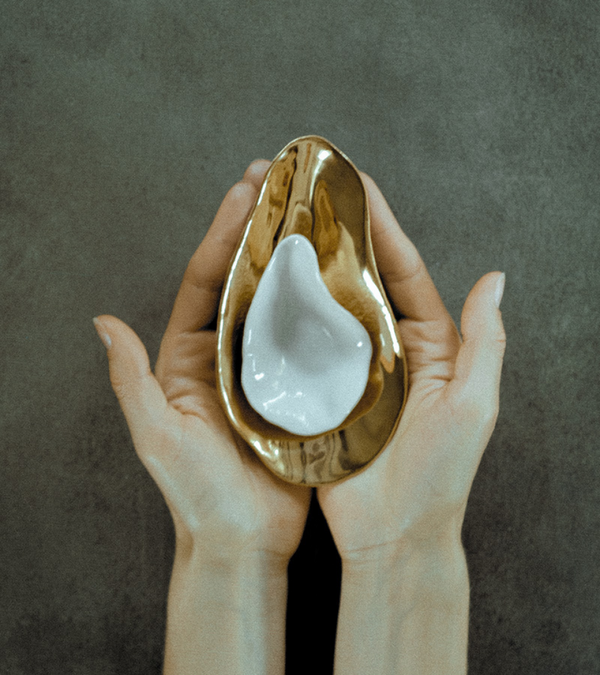I have something with olives, actually.
I used to find them really, really disgusting. But when I started working in my brother’s kitchen at 14, I had to learn how to marinate olives for his bistro. Every time, he would say, "Here, have an olive." I would put it in my mouth and think, "Oh, this is so gross, so disgusting." He could see my face twist, but I kept chewing. Then he said, "Okay, you can spit it out if you want." So, I spit it out. And then he told me, "But you have to promise me that you’ll try again every week. You can spit it out, as long as you taste it. Keep tasting."
So that’s what I did. He told me, "Start with black olives, and then we’ll move on to green ones because they’re more intense." But I still found them really gross. Eventually, I was marinating olives every week, and at some point, instead of spitting them out, I started swallowing them. Then, without even realizing it, I took a second one. And another. At some point, I started snacking on them and found them delicious. That memory is really special to me. Now, I absolutely love olives.
And it’s kind of the same with drinking wine because of him. Yeah, maybe I was a little too young, but I learned to drink wine and to appreciate it. I don’t come from a family of wine drinkers at all, we were more of a beer-drinking family when it came to alcohol. My brother started me on white wine, I tried it, but I didn’t like. And sweet wine was even worse, even though white is usually the entry-level wine for beginners. But my brother said, "We’re going to try something unusual. I’ll give you a glass of red wine." And I actually thought it wasn’t so bad.
He said, "This is completely backwards. Nobody starts drinking wine with red wine because it’s stronger, more intense, with more tannins. But you like it better." So we just started with red wine, flipped the process, and worked our way back. We sort of did the same thing as with the olives. It’s funny.
My brother has two restaurants in Sneek, and at the time, he had a restaurant in Heerenveen.
At some point, we worked together at De Librije – I was in the restaurant and my brother and his wife in the cooking school. Which was an interesting dynamic because I was his superior, at around 27 years old, and he is 8 years older than me – but it went very well.
About a year after that, an opportunity came up, and they moved on. Now, they run two restaurants in Sneek, and it’s going really well. We both ended up in the hospitality business.














